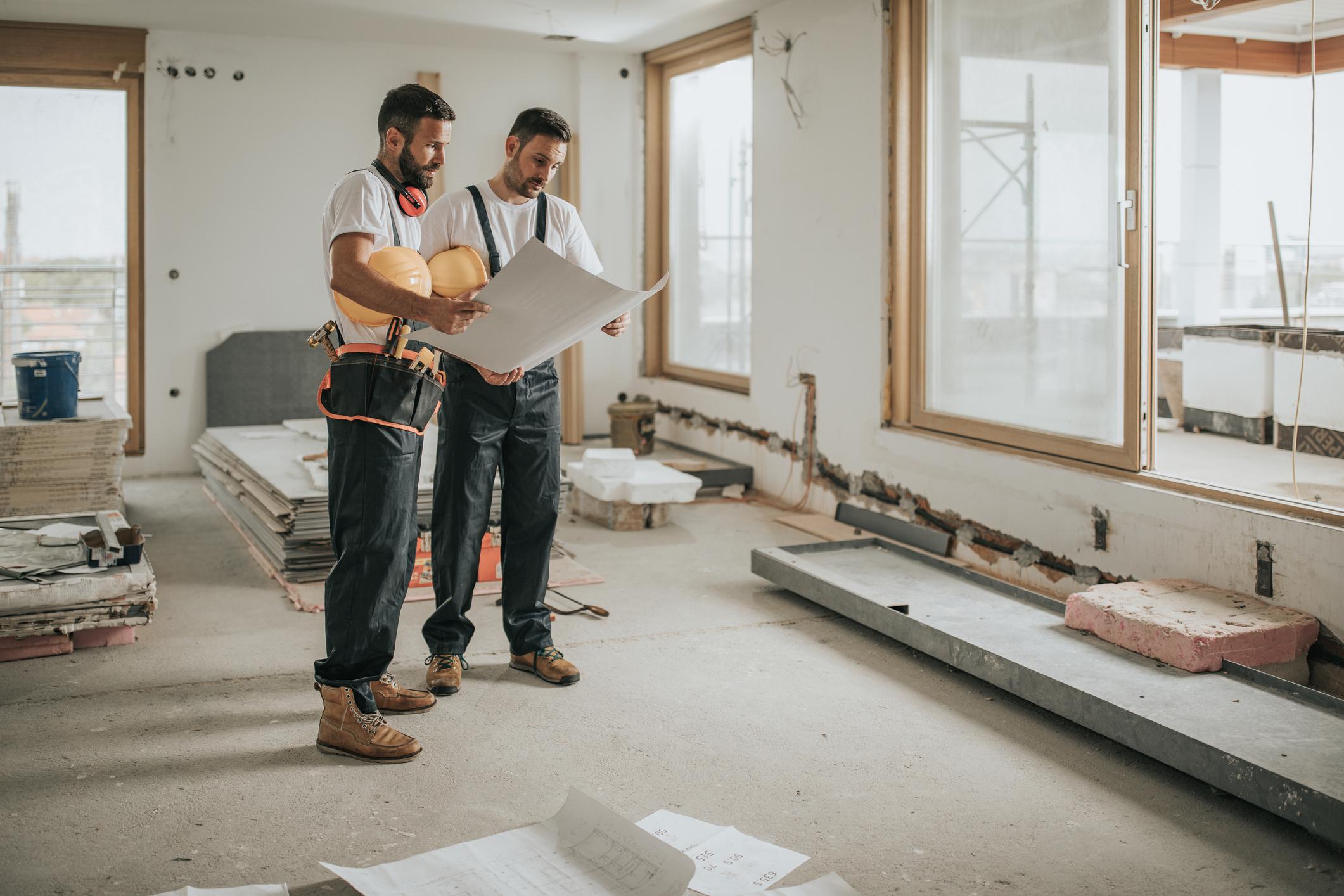Tips for Planning Your Full House Remodeling Project

Remodeling your entire house can be a daunting task, but with careful planning and execution, it can be a rewarding and satisfying experience. Whether you’re planning to increase your home’s resale value or simply want to upgrade your living space, a full house remodeling can transform your home into the dream house you’ve always wanted.
Here’s a comprehensive guide to full house remodeling that covers everything from planning and design to execution and completion.
Planning and Design
Before starting a full house remodeling project, it’s essential to plan and design the changes you want to make. Here are some steps to follow:
Assess your current living space: Make a list of everything that you like and dislike about your home’s current layout, functionality, and design. Identify the areas that need improvement and prioritize them.
Create a wish list: Create a wish list of everything you want in your dream home, such as additional living spaces, upgraded fixtures, modern appliances, and more. Consider your lifestyle, family size, and future needs when creating your list.
Determine your budget: Set a realistic budget for your full house remodeling project. Factor in the cost of materials, labor, permits, and unexpected expenses. It’s crucial to have a buffer for contingencies.
Hire a professional: Consult with a professional remodeling contractor to help you plan and design your project. They can provide you with valuable insights and suggestions to help you achieve your goals while staying within your budget.
Obtain necessary permits: Depending on the extent of your full house remodeling project, you may need to obtain permits from your local building department. Your contractor can help you navigate the permitting process.
Execution
Once you’ve planned and designed your full house remodeling project, it’s time to start the execution process. Here are some steps to follow:
Demolition: Demolition is the first step in a full house remodeling project. It involves removing the existing fixtures, walls, and structures to make room for the new changes. It’s crucial to have a professional demolition crew to ensure that the job is done safely and efficiently.
Framing: After demolition, the framing process begins. Framing involves building new walls, ceilings, and floors. This is the structural foundation of your full house remodeling project.
Plumbing and Electrical: Once the framing is complete, the plumbing and electrical systems are installed. This includes wiring, plumbing fixtures, and HVAC service Orange County Ca.
Drywall and Insulation: After the plumbing and electrical systems are in place, the drywall and insulation are installed. This includes the walls, ceilings, and floors.
Flooring and Finishing: The final stage of a full house remodeling project involves flooring and finishing. This includes installing the flooring, painting, and adding any finishing touches, such as trim work, light fixtures, and cabinetry.
Completion
Once your full house remodeling project is complete, it’s time to enjoy your new living space. Here are some steps to follow:
Inspection: Before moving into your newly remodeled home, have it inspected by a professional to ensure that everything is up to code and safe.
Cleaning: After the inspection, have your home cleaned thoroughly to remove any dust, debris, or construction materials.
Move-in: After the cleaning, it’s time to move into your newly remodeled home. Take your time to unpack and organize your belongings in your new space.
Maintenance: To keep your newly remodeled home in pristine condition, it’s essential to maintain it regularly. This includes cleaning, repairs, and upgrades as needed.